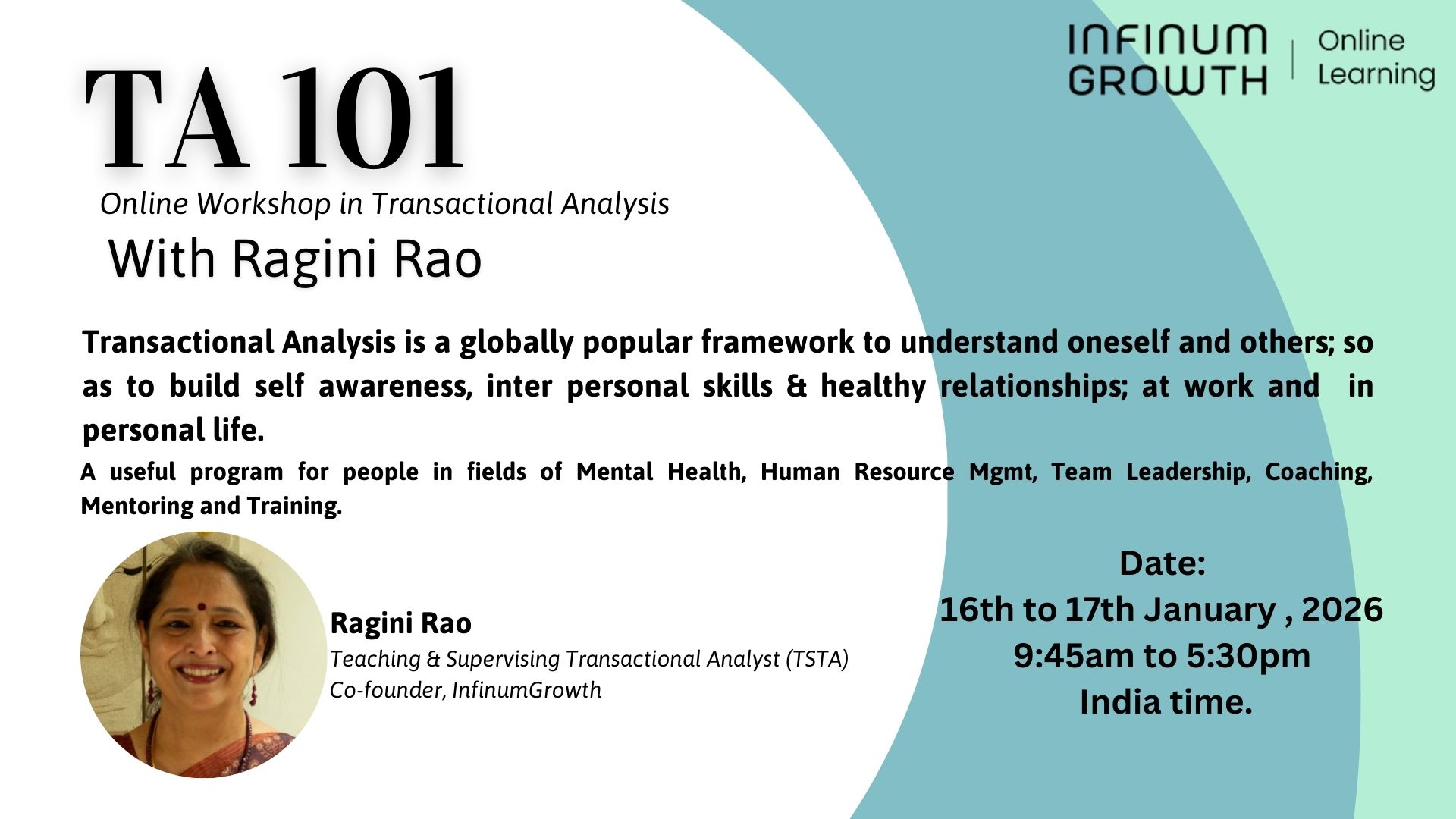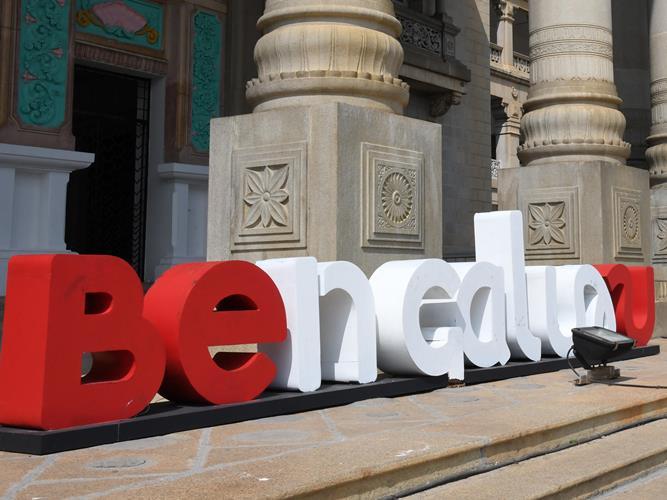When a large brand suddenly collapses, the public discourse tends to be about its financial issues and mismanagement. However, those are just the outcomes. If we step back and trace the brand’s performance over a period of time, the root of its collapse can often be seen in the poor design of its competitive strategies.
The Jet Airways story
Jet Airways, the market leader in the domestic Airline industry in India for many years, collapsed in 2019. While the media is talking about its financial mismanagement, what is interesting for a business management professional is the failure of its competitive strategies; leading to the loss of its market leadership stature and resultant financial woes.
- Jet Airways had started out as a full service airline in 1995; the private sector answer to the then sole player, government owned Indian Airlines.
- The quality of service provided by Jet Airways was significantly superior; on the flights, at the airports and in its customer communication and connect. It was a refreshing new service, which looked like it could compete with the best in the world.
- The first sign of change happened when the low cost, no frills airline Indigo was launched in 2006 and started becoming popular. Soon, Jet started reacting. First, by buying out a failing Air Sahara; then launching a 100% economy class, no frills airline, equivalent to Indigo, called Jetlite, in 2006.
- Later, in 2009, the company launched another brand, JetKonnect, as a low cost airline. In 2010, Jet Airways became the market leader in India.
- However, as time passed, it was becoming difficult to distinguish between the low cost services JetConnect and Jetlite versus the full service version, Jet Airways. In 2012, the Jetlite brand got merged into JetKonnect; and after some time, introduced business class in that service.
- In 2014, JetKonnect was merged into the Jet Airways brand and the airline reverted to becoming a full service only brand.
- Meanwhile, Indigo was looking like a clear winner; and Jet Airways looked like a brand that had lost its way in the competitive industry.
- Soon it got confirmed; in 2015, Indigo airlines became India’s largest airline.
- In 2019, Jet Airways has closed down operations.
The takeaways from the Jet Airways competitive strategy
When we look at the above summary, the following become evident
- Jet Airways had been designed for a full service game – aircrafts with Business and Economy classes, free meals for all passengers, large well trained and groomed teams to ensure quality of service, frequent flier programs for customer retention and access to airport lounges; these were the key attributes that it started with.
- With the advent of Indigo, Jet tried to hurriedly change its competitive strategy; by giving a low-priced, no frills service as an answer. This entailed a drastic change in its offerings and processes and resultant brand perception.
- A price war followed. Both airlines moved to dynamic pricing models where airfares were decided by market demand at the given moment.
- With no qualitative perception difference left between the two airlines, flight timing, pricing and service at airports became the deciders of which airlines’ tickets got purchased.
- Indigo had designed its entire business based on its original competitive strategy of low price, no frills service. It did not care to change anything to fight Jet Airways. So it’s brand positioning remained consistent and got deeply entrenched in the consumers’ minds.
- Jet Airways, on the other hand, was reacting to Indigo’s entry and strategies. It’s brand positioning kept altering rapidly. The core customer base was left confused and disappointed with the rapid drop in service offerings.
- In trying to beat the new competitor, Jet moved away from a model it was designed for. Clearly, it could not sustain this new model with its established cost structure and landed up in severe profitability issues.
- Jet eventually reverted back to its original model, but too late in the day.
What could have been an alternate competitive strategy?
- The airline traffic in India was growing rapidly with the economy. The lower priced tickets enabled people from lower economic strata, such as migrant labour, to also take flights from their home towns to their work places to save travel time.
- If Jet had maintained its original model, priced itself accordingly, not added too many flights to just grab customer numbers, the sheer growth in market demand for air travel would have moved the middle and upper class customers to gravitate towards Jet Airways.
- A focus on unit economics and profitability, backed by quality of service, would have given it a premium in price, ensuring a better business performance.
- Jet could have further enhanced the perception of being a premium service through added facilities for economy class passengers and taken an even higher price; may be, by creating a “premium economy” segment.
Learnings for any business
Some clear learnings from this for any business are
1. In an industry that caters to a large mass of population, there is ample scope to identify profitable segments and focus on them; instead of having “something for everyone”.
2. Competition is bound to come up in any industry with scale potential. It is important that the brand has a competitive strategy, that defines its target audience and creates a distinct market perception of superior offering to that segment.
3.Market share is important; but more important is the ability to survive and grow in a profitable way.
4.Any business builds its infrastructure, processes and skillsets to align with the positioning it wishes to take in the market. This foundation cannot be changed over night, without a huge cost. So reactions to competition are better done in a measured way.
5.It is therefore sensible to create product/service offerings to the target market segment which do justice in terms of unit economics, over all profitability and sustainability.
6.In a growing economy, as long as a large part of the population is actively using the product or service category, a premium offering can be highly profitable.
7.Market shares must not be seen only in terms of number of customers buying the brand – Customer Market Share(CMS).
8.A more relevant market share indicator is the Revenue Market Share(RMS). The premium brand must aspire to be a winner in the RMS and not bother about the CMS.
9.A lesson from the mobile telecom service industry– Between 2005 and 2011 when the mobile service industry was growing and new licensees were brought in, the larger brands – Airtel, Vodafone, Idea – focused on RMS, while others – Reliance, Aircel, Telenor, MTS, focused on CMS. Clearly, the latter set of brands lost the war.
Every business must compete to get the best out of the available market; but its competitive strategy must be in sync with the core competence it has built for itself. This enables profitability and sustainability.
Please do leave your comments at the bottom and do share with others if you like this article.
















Very good insight at opt time. Jet would have survived if they maintained premium segment which is mostly meant for business pax. Kudos Sridhar!
Thanks Ganesh!
Sridhar, as always very apt and insightful observations. Its really sad to see the plight of the pilots and staff of India’s best Airline. They really had a strong DNA of Customer Service. However, one other aspect which has happened with Jet is the law of Karma – what goes around comes around. Mr Naresh Goyal ensured that Tata SIA could not take off by doing everything possible including changing the rules, withdrawing permission etc with his access to the government 20 years back.. Now Vistara the version 2.0 of the Tata Singapore Airlines JV is likely to take quite a few of the premium slots and premium routes. Hope they also take a lot of the Jet Airways staff as well.
Thanks Dinesh. This again shows that government control in licensing invariably creates problems for the players. Even the ones who seem to benefit eventually get badly hurt.
Well written.
Some more points for consideration:
1. It paid the highest wages to its pilots and cabin crew. Put them up in best hotels and gave lot of perks. It attracted the best talent and they were given the best training. They had many schemes to reward best employees. But when Indigo started getting lot of passengers Jet strayed away from their niche Luxury market.
2. Indigo ran a tight ship. They had only one or two types of aircraft. Thus inventory of spares and availability of trained maintenance personnel was optimised.
3. Aircrafts make money when they are in the air not when they are on the ground. Indigo used to achieve this by turning round their aircraft with a target of 30 minutes. At times they have turned round in 25 or 20 minutes, achieving before time take offs frequently. One of the things they did was to clear up the cabin before landing, with the active involvement of passengers.
Thanks Arun. Precisely my point- that Jet was not structured as a low cost airline ought to be. They should have focused on greater value addition to customers and increased their margins smartly
Very well presented. The other question, which remains unanswered, is whether Jet would have survived as a premium full service airline flying about 129 planes daily – or 2.4 million passengers annually – at premium pricing
Thanks Bharat. As they say, no path is wrong; but for each path you take you have to do what is required. If that meant reducing number of aircraft or kind of aircraft or routes or creating premium economy seats or adding other value additions; they would have to do that.There is a huge gap in pricing today – Between 3 to 8k for economy and 15 – 30 k for business class.So many biz travellers don’t take biz class but wud hv paid 3-5k more for greater comfort.Cud hv been exploited.
Good subject Sridhar and very well written. I believe that while brand and positioning are hygiene factors and very important, for a service product managing its costs is the key. Thats really where Indigo is winning (and now Spicejet too).Their customer prices are not much different from what Jet used to offer but their cost of ops was the lowest in the industry. Thats what gave them profits and ability to undercut on key routes.
Shankar, My point was that Jet could not have cut costs to match Indigo, without messing up on established quality levels. So the only way forward would have been to move towards the semi premium and premium segments to not have a direct competition with Indigo.
A very pertinent and thought provoking article.
I liked your insights, Sridhar. Couple of points however, I think should also be considered –
1. It wasn’t merely pricing that gave indigo an edge. People who fly care more about saving time and being on time. Unlike train or road passengers, they fly on tight schedule and can’t afford to be late. Indigo developed a reputation for being on time.
2. While it’s true that middle and upper class may migrate to premium airlines, in India, the reverse also is true where travellers would not want to pay for anything over and above for sheer flight, be it food or legroom or other services.
3. Lastly, every new entrant in any service or product market will always first try to get CMS and then look at RMS. That’s what indigo actually did do. But, jet needn’t have done that as they were not new and had the scope to stay premium and keep themselves differentiated and focused on the customers who flew by jet. Rather than target anyone who simply wanted to fly.
Thank you Rohit. I understand not every one will take a premium seat, but there are enough and more business travellers and even individuals who would happily take a more comfortable ride than sit in a cramped economy class. People do it because the alternative is 4 to 5 times more expensive today( biz class).
Indigo looking for cms is fine. It also succeeded because its cost structure was aligned.The RMS( in the service industry) is anytime the healthy way. As I said, telcos have proven that.
Great article Sridhar! I would add that staying true to a clear and explicit vision is critical to help develop the right strategy. Jet could have articulated (to its most important stakeholders…customers, shareholders and employees) that it wants to be the best premium service airline in the world. It wouldn’t then have had to react to Indigo the way it did. Instead, it could have carved a distinct and profitable growth path for itself that could have included premium service, high “on time” performance, right pricing, strong frequent flier program and alliances and importantly, a global outlook.
Thanks Milind
Travelled by Vistara this time. Pleasantly surprised to see they are following exactly what this article suggests – three categories of seats – eco, premium eco and biz. No charges for seat selection. A very good experience overall. This could become a good replacement of the original model of Jet Airways.